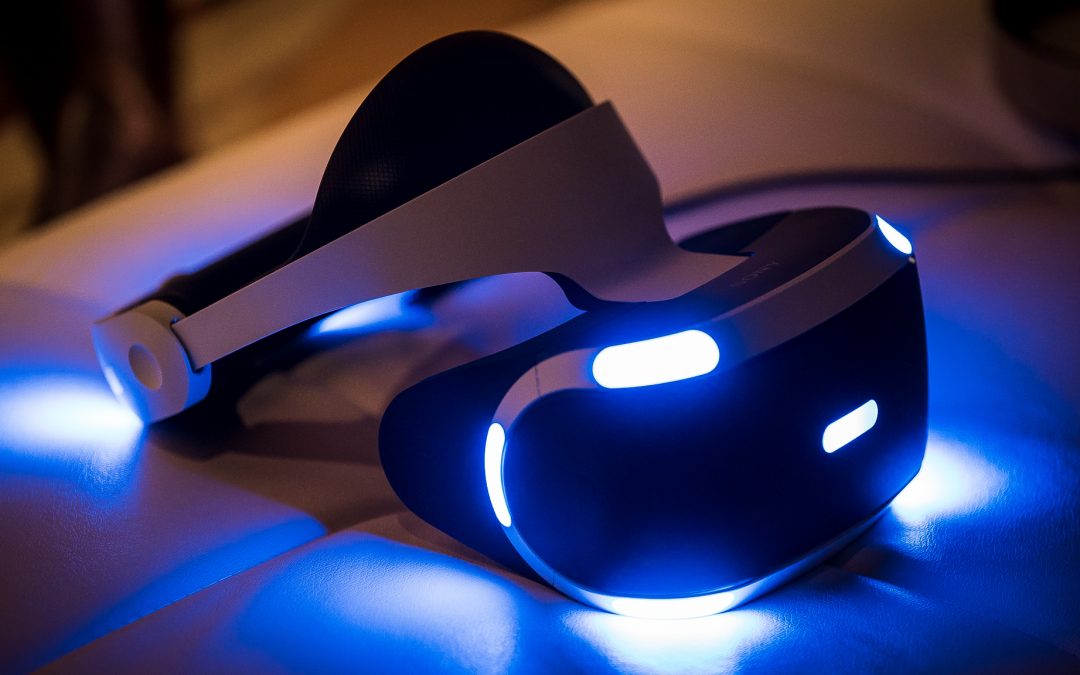How accurate are fitness trackers?
Fitness trackers are everywhere. From Fitbits to Mi Bands to Apple Watches, tech companies are jumping onto the bandwagon, for better or worse. The results (and consequences) have been wide-ranging: on the one hand, fitness trackers do seem to spur people to exercise more. On the other hand, fitness trackers have also revealed the locations of classified bases when military personnel unknowingly shared the details of their workouts with other users.
But do fitness trackers really work in the first place? Aside from their role as an incentive for exercise, can fitness trackers live up to the claims of their manufacturers?
The answers are mixed. While fitness trackers can measure certain indicators very accurately, they don’t always do so well with others. For instance, a Stanford study found that although fitness trackers could measure heart rate very well (the error rate was less than five percent), this was not the case for other factors, such as calorie burn. Researchers found that when it came to energy expenditure, the least accurate device was off by an average of 93 percent. Even the best device had an error rate of around 27 percent.
Granted, the Stanford study was not the end-all of fitness trackers, as the sample size was fairly small (60 volunteers used the seven most popular trackers). The research team also found that even small factors, like skin and BMI, affected accuracy, raising a troubling question: are manufacturers making claims that don’t measure up?
The answer might be less straightforward than you may think. An earlier study conducted by Japan’s National Institute of Health and Nutrition had 19 subjects testing 12 trackers–at the same time. Over the course of 24 hours, scientists found that while participants burned an average of 2,093 calories, fitness trackers deviated from the norm significantly, by as much as +/- 200 kilocalories. When volunteers tested the devices over a period of 15 days, researchers still found that the trackers reported consistently lower outputs (up to 800 kilocalories) than the actual calorie burn as measured by the team.
Even so, the Japanese group concluded that for the average person, fitness trackers were quite useful. Unlike in a research setting, where accuracy is paramount, the average user simply needs relative results: so long as someone knows whether they’re burning more or less calories than yesterday or last week, it’s not a huge issue. Besides, a good fitness tracker could be what they need to help themselves build consistent, lasting habits.
Sleep, on the other hand, is a whole different story. Though trackers can distinguish when someone is sleeping or awake thanks to their accelerometers, they don’t really have any good way of determining whether you are in deep REM sleep or simply dozing lightly.
In a 2011 study, researchers compared Fitbit data to a polysomnography test, the gold standard of evaluating sleep quality. While Fitbits tended to overestimate the sleep time of adults by 43 minutes, they often underestimated the sleep time of children by 109 minutes. More importantly, as one scientist pointed out, fitness trackers have no way to distinguish between the stages of sleep, given that such activity occurs solely in the brain. Such brain waves are measured by electroencephalography (EEG) machines–not heart-rate monitors.
As in fitness, trackers can help people pay attention to the quality and amount of their sleep; at the same time, given that some sleep disorders, like sleep apnea, are life-threatening, false claims on a sleep tracker could have some serious ramifications. For instance, a patient could forego seeing a sleep specialist simply based on positive (and inaccurate) data from a tracker, allowing their condition to worsen over time.
In the end, fitness trackers are something of a mixed bag. While they can track the more obvious indicators of health (such as heart rate) very clearly, they are less adept at measuring more subtle (but equally important) factors, primarily sleep quality and calorie burn. It’s certainly possible that manufacturers will be able to refine their devices as time goes on, but as it stands right now, it’s best to take the claims of fitness trackers with a grain of salt.
